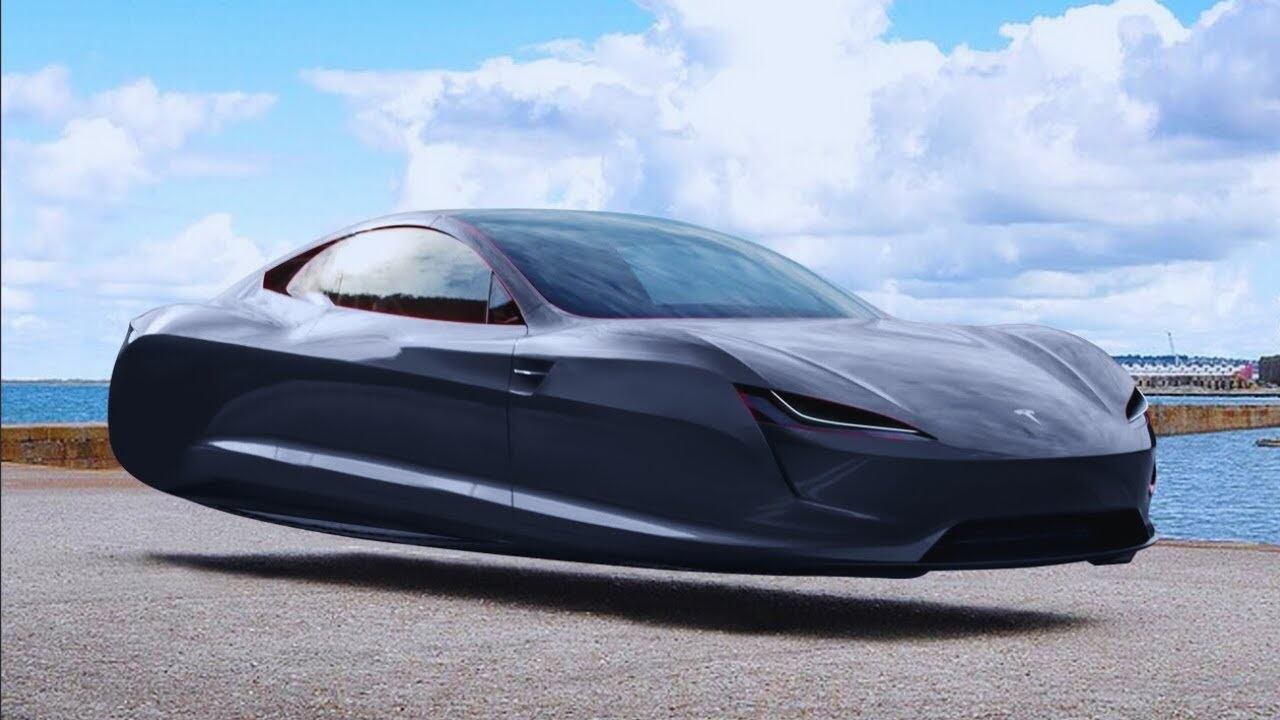The end of the era of engines and batteries in cars may be closer than we think, as suggested by the recent announcement of a group of Japanese researchers about the creation of a magnetic levitation system that would allow cars to move normally without the need for the wheels to make contact with the ground.
PUBLICIDAD
The Quantum Machines Department of the Okinawa Institute of Science and Technology presented a prototype similar to the one used in Maglev trains. In order to achieve magnetic levitation, it was explained during the presentation that the cars need to be made of diamagnetic materials.
PUBLICIDAD
What is missing to make it happen?
The prototype presented would feature an improvement on the traditional method of magnetic levitation, by allowing electrical energy to be necessary only at the beginning to create the magnetic field, instead of requiring continuous energy.
To achieve this, the Japanese scientific team used pulverized graphite, a material made of crystallized carbon. Through a chemical process, they created a paste by mixing it with wax and manufactured a plate under which there are several magnets arranged in a continuous grid, powerful enough to cause the magnetic levitation effect.
The experimental prototype has small dimensions; however, it was clarified that it is necessary to reduce the kinetic energy at the surface level and address challenges such as vortex damping, which can affect the system's stability in order to increase the self-sufficiency and sensitivity of the vehicles.
Regarding damping, the oscillating system tends to lose this condition due to external forces and over time, which is why it is necessary to find a way to prevent the graphite immersed in the magnetic field from losing energy.
